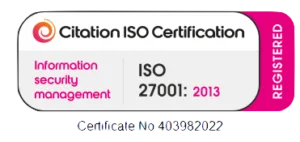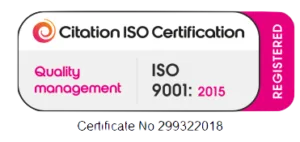Post-Quantum Cryptography Migration: A Complex Challenge but A Strategic Opportunity
Quantum computers will eventually break many of the public key cryptographic algorithms we rely on today. That puts every encrypted connection (past, present, and future) at risk. However, while the technology to break encryption isn’t here yet, data theft is already happening. Bad actors are stealing encrypted data now to decrypt it later, once quantum capabilities emerge.
That’s why the NCSC’s phased approach to PQC migration is both welcome and pragmatic. It encourages early discovery and most importantly, incremental, manageable action. This mirrors what we see on the ground at FullProxy: the best security strategies are those that evolve with your infrastructure, not those that try to reinvent it overnight.
The Role of Certificate Lifecycle Management
A frequently overlooked but foundational component of PQC readiness is your approach to digital certificates. Most enterprises already rely on Public Key Infrastructure (PKI) to issue and manage certificates for users, devices, and applications. But PQC migration will require a new root of trust and the issuance of quantum-resistant certificates – potentially to every machine in your environment.
This shift demands automation.
Manual certificate management is already a source of risk – expired certificates cause outages, while weak or misconfigured certs can open doors to attackers. Now layer in the need to track which certificates are quantum-safe, and you have a situation that’s not just unsustainable, it’s dangerous.
That’s why FullProxy strongly advocates for automated certificate lifecycle management. Automation enables faster rotation, broader visibility, and more agile response to emerging threats. And in a post-quantum world, where certificate agility could determine whether a business stays secure or becomes vulnerable, shorter lifecycles and automated renewal processes won’t just be nice to have, they’ll be essential.
Read more about our Certificate Management Services










